Stroke Quality Improvement Awards 2020
The Minnesota Stroke System includes 13 Comprehensive Stroke Centers (CSC), 10 Primary Stroke Centers (PSC), and 92 Acute Stroke Ready Hospitals (ASRH). All hospitals part of the Minnesota Stroke System continually strive to improve quality of care for patients. This award program aims to recognize and showcase successful quality improvement initiatives throughout the state of Minnesota’s hospital-based stroke programs.
2020 Award Categories
Awards are given to hospital stroke programs in Minnesota that implemented the best quality improvement initiatives in the following categories:
- Continuous Impact: Award for starting an initiative that creates a meaningful and long-term improvement in quality of stroke care.
- Operational Excellence: Award for initiative that focuses on collaboration between different programs to improve quality of stroke care.
- Outstanding Achievement: Award for initiative that led to evidence-based positive change in quality of stroke care.
2020 Continuous Impact Award Recipients
Award for starting an initiative that creates a meaningful and long-term improvement in quality of stroke care.
Lakeview Hospital
MDH Acute Stroke Ready Hospital; Stillwater, Minnesota
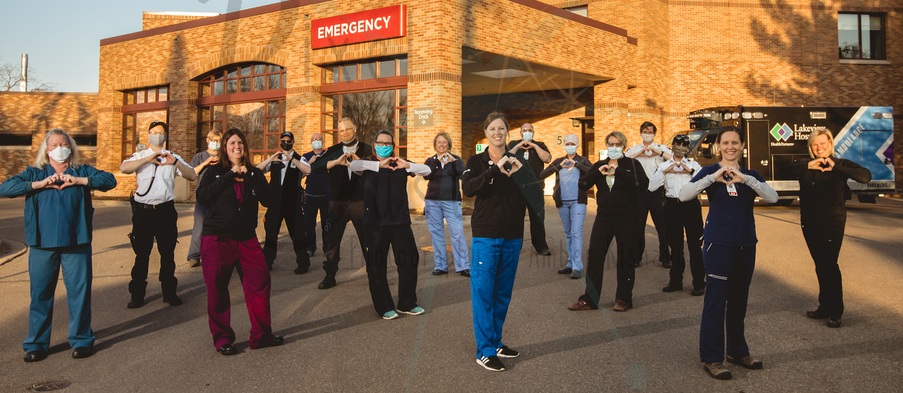
- Opportunity for Improvement: Decreasing the amount of time patients with stroke symptoms spend waiting for care upon arrival to the hospital.
- Action Plan: The stroke coordinator and nurse manager developed a flow chart of the stroke care process in their hospital. Staff members involved in stroke care reviewed the flow chart and identified areas for improvement. All staff participated in stroke care training. Staff members reviewed medical charts for patients who had strokes to make sure that the stroke code process was followed. The team continued to track how well the process was working and to make improvements where needed.
- Results: Initiative decreased time patients spent waiting for stroke care, including a CT scan, diagnosis, and treatment. In 2018, it took 70.9 minutes for patients to receive treatment. In 2020, it took 41 minutes.
Award Qualifications
- Established performance improvement process including case review and feedback.
Mayo Health System — Southeast Region
MDH Acute Stroke Ready Hospital; Albert Lea, Austin, Cannon Falls, Lake City, Red Wing, Minnesota
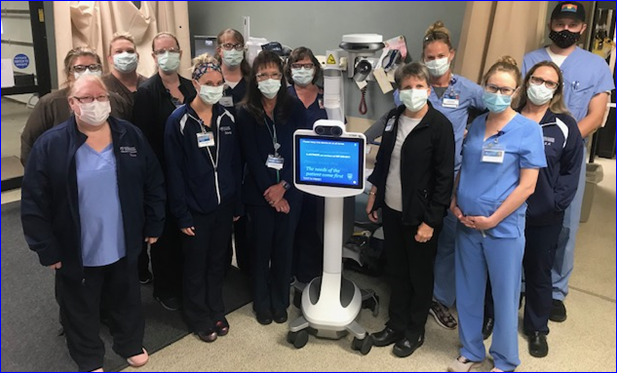
- Opportunity for Improvement: During the process of becoming an acute stroke ready hospital, Mayo Clinic health system staff realized that they did not have a formal process for treating patients coming into the hospital with symptoms of a stroke.
- Action Plan: The Southeast region of the Mayo Clinic health system worked together to develop a “stroke code” process to be used each time a patient with symptoms of stroke comes into one of the system’s hospitals.
- Results: Initiative resulted in an immediate increase in stroke code activations from 0 in 2019 to 135 in the first 7 months of 2020.
Award Qualifications
- Development of an organized region-wide code activation process that led to continuity of care across Mayo sites.
- Providers were able to travel between hospitals with increased standardization of the process.
- Standardized metrics for the code process have been developed and will be monitored for on-going performance and improvement opportunities.
2020 Operational Excellence Award Recipients
Award for initiative that focuses on collaboration between different programs to improve quality of stroke care.
Ridgeview Le Sueur
MDH Acute Stroke Ready Hospital; Le Sueur, Minnesota
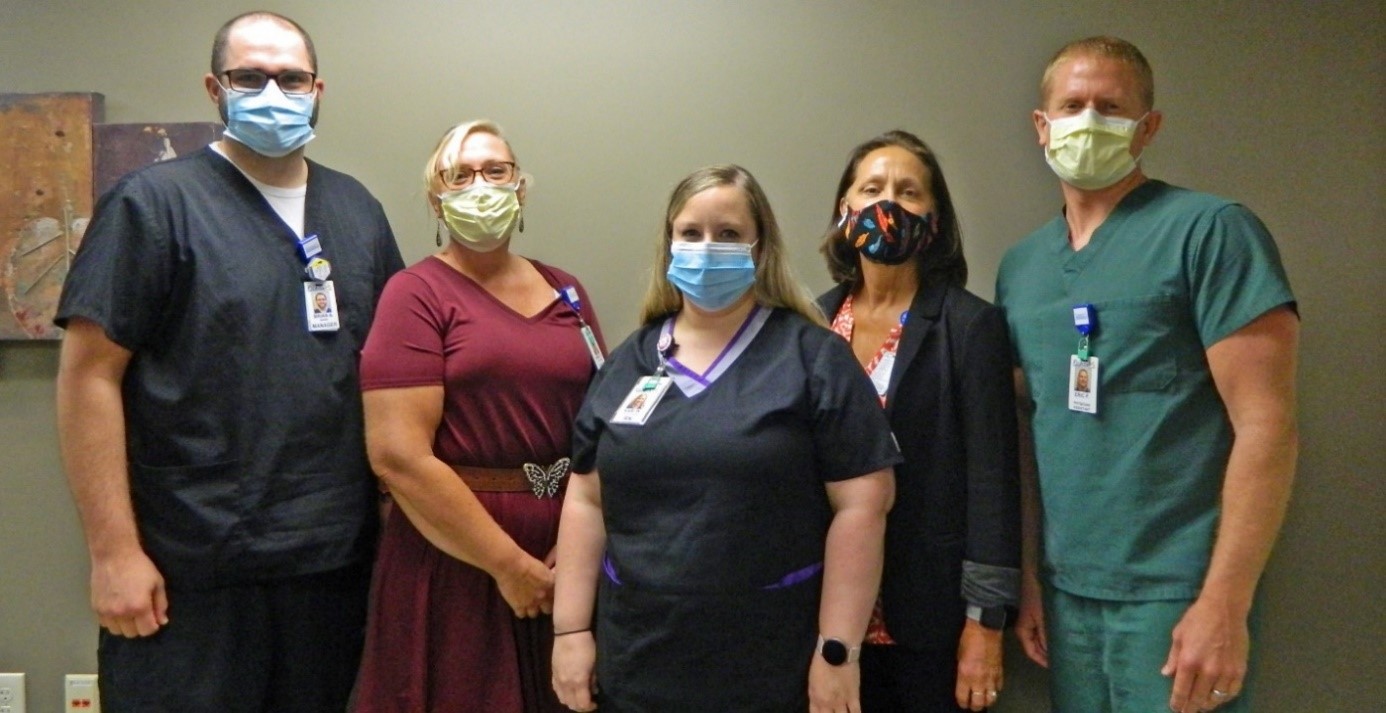
- Opportunity for Improvement: Decreasing the amount of time patients with stroke symptoms spend waiting for a CT scan upon arrival to the hospital.
- Action Plan: Stroke Program committee members developed a plan to improve the process. Staff were educated on taking patient’s directly to CT when they arrive at the hospital. Worked with EMS on pre-hospital protocol and straight to CT approach. Feedback was provided on all cases.
- Results: Initiative decreased time patients spent waiting for a CT scan to less than 25 minutes, upon arrival to the hospital.
Award Qualifications
- Multidisciplinary approach that included external emergency medical service partners.
- Exceptional attention to detail and presentation of successes and challenges.
Mayo Clinic System — Rochester
The Joint Commission Comprehensive Stroke Center; Rochester, Minnesota
- Opportunity for Improvement: Decreasing the amount of time patients with stroke symptoms spend waiting for endovascular clot retrieval upon arrival to the hospital. Data showed patients with stroke symptoms who were transferred to Mayo from another hospital were not being treated within a goal time of less than 60 minutes.
- Action Plan: This information was discussed at the Multidisciplinary Stroke Workgroup and a quality improvement project was initiated to identify opportunities to decrease the times.
- Results: : All of the patients who have gone through the direct to endovascular pathway have met the door to first pass goal of less than 60 minutes. Ongoing data is being monitored with each case and collated data is shared with the team on a monthly basis.
Award Qualifications
- Multi-disciplinary approach that included stroke director, clinical nurse specialist stroke coordinator, associate stroke director, ED Clinical Nurse Specialist (CNS), neuro ICU CNS, neuro Intensive Care Unit (ICU) stroke RN, ED registration, interventional radiology technologist, Bed Information Center Patient Placement Coordinators, and the electronic health record (EHR) team.
2020 Outstanding Achievement Award Recipients
Award for initiative that led to evidence-based positive change in quality of stroke care.
Welia Health
MDH Acute Stroke Ready Hospital; Mora, Minnesota
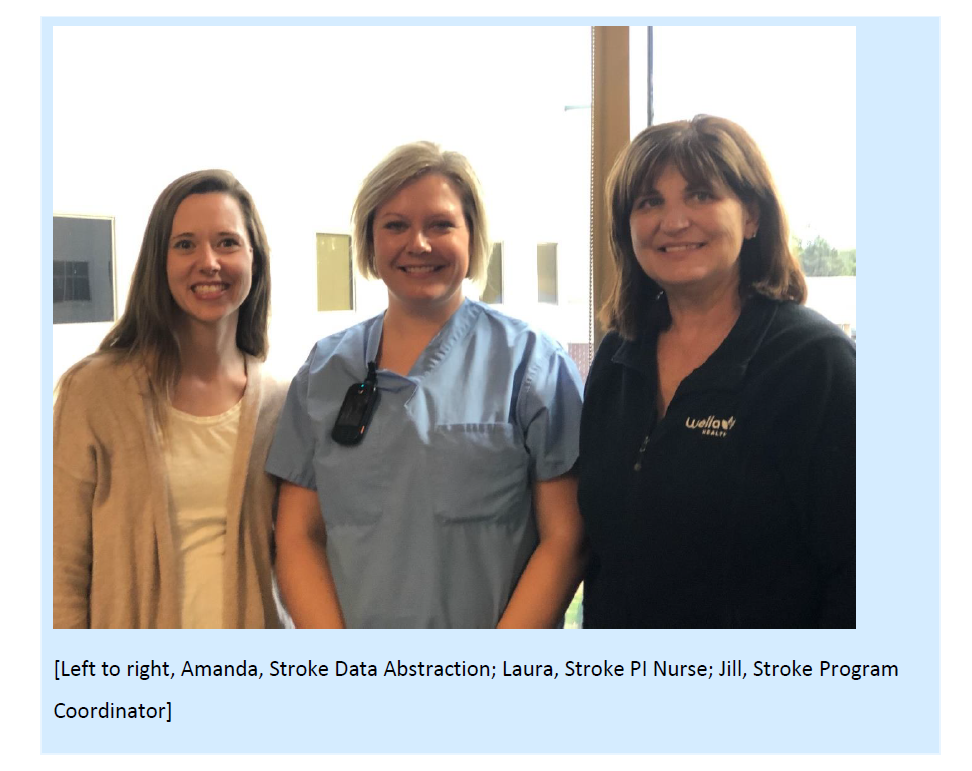
- Opportunity for Improvement: Decreasing the amount of time patients with stroke symptoms spend waiting for alteplase treatment upon arrival to the hospital.
- Action Plan: A goal was set to reduce time between patient arrival to the hospital and treatment to less than 60 minutes. The emergency department care of a stroke patient process was discussed and areas for change were identified. Education was provided to staff.
- Results: For Q2 and Q3 of 2019, 100 percent of patients with stroke symptoms received alteplase treatment within 60 minutes.
Award Qualifications
- Education provided to stroke team members including mock stroke codes that enabled increased awareness of the stroke code process.
- Despite low volumes, there was noted improvement in performance of the door to needle metric.
Sanford Wheaton Medical Center
MDH Acute Stroke Ready Hospital; Wheaton, Minnesota
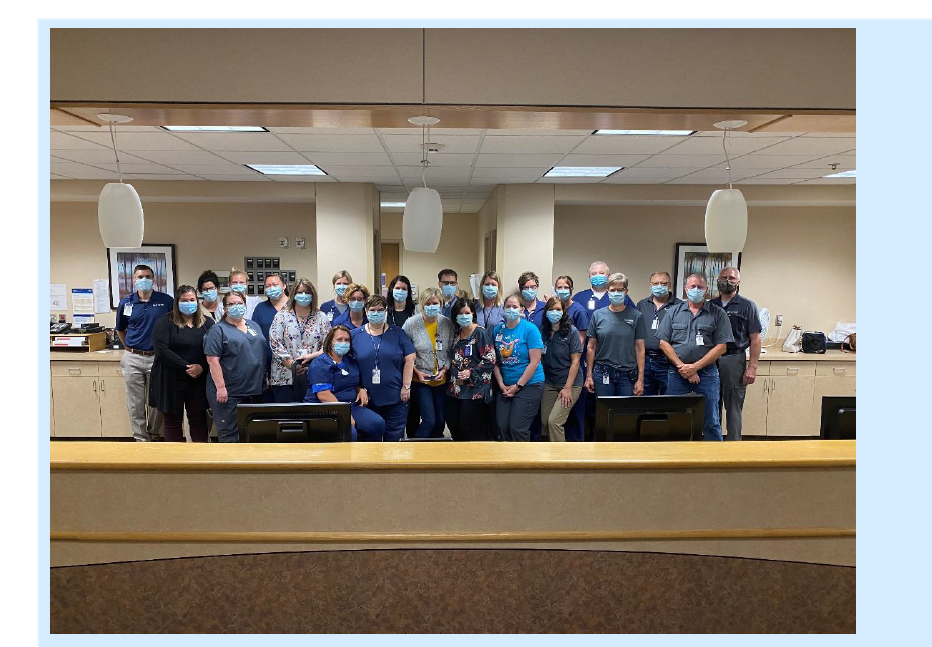
- Opportunity for Improvement: Increase in stroke team activations and utilization of protocols and order sets, improved use and documentation of the National Institutes of Health Stroke Scale (NIHSS) and improvement of door in door out times.
- Action Plan: For any suspected stroke patient the goal was to initiate the stroke team within 15 minutes of arrival. Staff monitored the process and documented key assessments.
- Results: In 2016, there were no stroke team activations. In 2017, stroke team activations rose to 55 percent of stroke cases. In 2018, stroke team activations were 75 percent and rose to 92 percent in 2019. Current performance for NIHSS documentation is 100 percent in 2019. Door in door out time of less than 2 hours is currently 70.6 percent within goal.
Award Qualifications
- Multiple areas for improvement identified.
- Excellence in demonstrating success.
2020 Participation Certificates Recipients
- Community Memorial-MDH Acute Stroke Ready Hospital; Cloquet, Minnesota: Use of the MN Stroke Registry
- Essentia Health SJMC-DNV Primary Stroke Center; Brainerd, Minnesota: Dysphagia screening
- Lakewood Health System-MDH Acute Stroke Ready Hospital; Staples, Minnesota: Door to telestroke connection
- North Memorial-DNV Comprehensive Stroke Center; Robbinsdale, Minnesota: Dysphagia screening